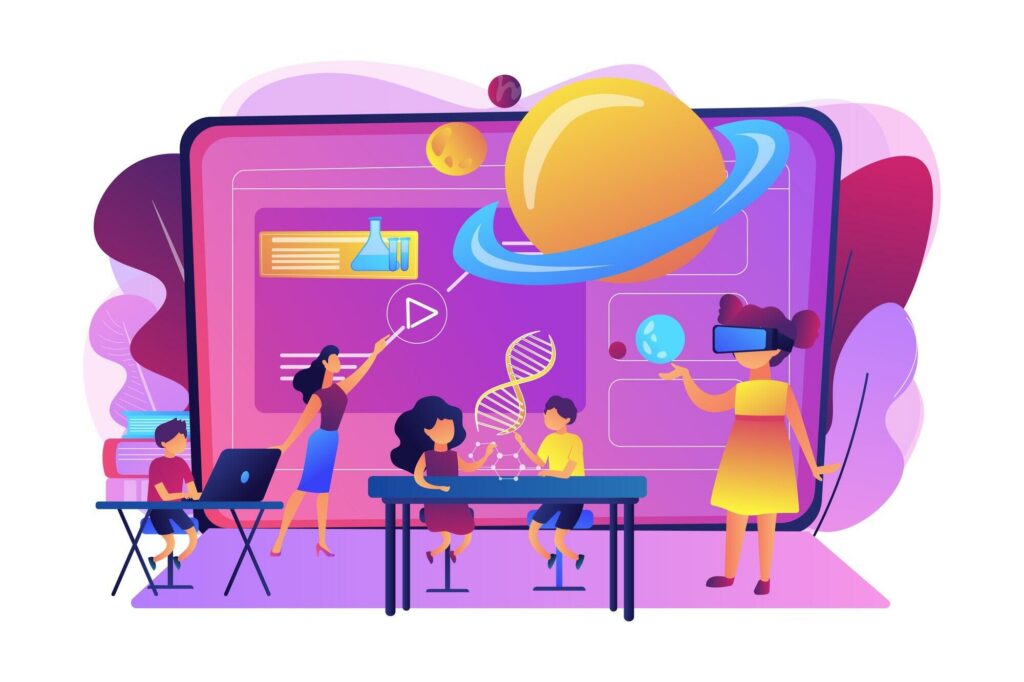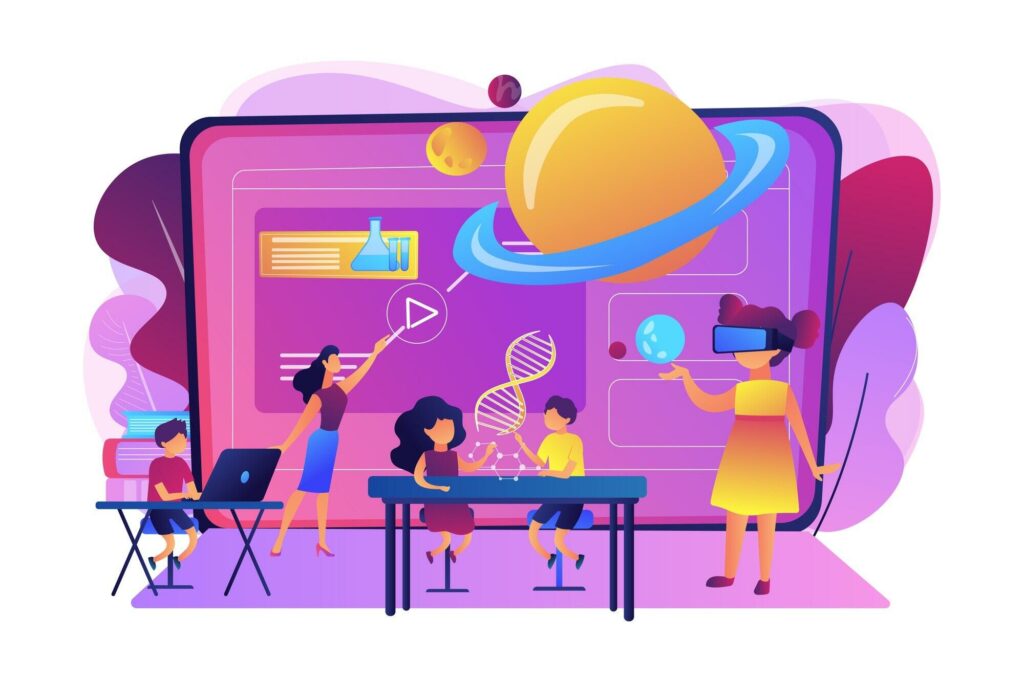
In this article, we will explore the growing need for AI security, the benefits of enrolling in an AI security course, key topics covered in such courses, real-world applications of AI security, and the best practices for future-proofing AI systems.

The Rising Need for AI Security
AI systems process enormous amounts of data, often in sensitive sectors such as healthcare, banking, national security, and infrastructure. This makes them highly vulnerable to cybercriminals looking to exploit weaknesses in AI-driven operations. Cyberattacks are no longer limited to traditional IT systems but now target AI models and data pipelines. AI systems that aren’t adequately secured can fall prey to various attacks, including:
- Adversarial Attacks: Cybercriminals manipulate data input to trick AI models into making incorrect decisions. This can severely affect critical applications like self-driving cars or AI-driven healthcare diagnostics.
- Data Poisoning: Hackers insert malicious or incorrect data into the training datasets of AI models. This leads to compromised decision-making and flawed AI predictions.
- Model Inference: In some cases, attackers reverse-engineer AI models to extract sensitive data or proprietary algorithms, stealing intellectual property and potentially leaking private user information.
Given the complexity of these issues, cybersecurity professionals and data scientists need to develop advanced AI security skills. Enrolling in an AI security course equips learners with the knowledge and tools to address these emerging threats.
Related Reading: Learn more about The Future of AI-Powered Cybersecurity from Wired
Why You Should Enroll in an AI Security Course
For anyone involved in the world of AI and cybersecurity, gaining specialized knowledge in AI security is now a critical career move. Below are some of the most compelling reasons to enroll in an AI security course:
1. Future-Proof Your Career
AI security is an emerging field that will only become more important over time. Professionals with expertise in this area will be in high demand as organizations look to secure their AI systems against growing threats. With the rise of AI-driven automation, organizations need cybersecurity professionals who can protect these systems from cyberattacks.
2. Mitigate Risk in AI Systems
AI systems are highly complex, and their vulnerabilities can be exploited in unpredictable ways. An AI security course will teach you to identify potential risks, implement protective measures, and secure the AI pipeline—from data collection to deployment.
3. Hands-on Learning and Real-World Applications
Most AI security courses include hands-on training with case studies and practical applications. This allows learners to experience real-world scenarios, preparing them to tackle security challenges in industries such as healthcare, finance, and national security.
4. Ethics and Compliance in AI
AI systems often handle sensitive data, and their security goes beyond just technical measures. Ethical considerations and data privacy laws like GDPR (General Data Protection Regulation) and CCPA (California Consumer Privacy Act) must be taken into account. An AI security course covers these important aspects, ensuring compliance with regulations.
Related Reading: Explore the ethical considerations in AI security in Brookings Institution’s article on AI ethics.

Key Topics Covered in an AI Security Course
A well-rounded AI security course equips professionals with the tools to mitigate risks across various AI systems. Below are the core topics typically covered:
1. AI and Machine Learning Basics
An understanding of how AI models and machine learning algorithms work is crucial for identifying their vulnerabilities. Topics covered include supervised and unsupervised learning, neural networks, and deep learning architectures.
2. Adversarial Machine Learning
This area focuses on identifying and defending against adversarial attacks, where slight modifications in input data can cause AI models to misclassify or make incorrect predictions. You’ll learn how to test models for robustness and improve their resistance to adversarial threats.
3. Data Security and Privacy
AI security isn’t just about protecting models—it also involves securing the data that fuels these models. Courses will cover data encryption, secure data pipelines, and methods for ensuring data privacy.
4. AI Model Deployment Security
Once an AI model is developed, it’s essential to protect it during deployment. Security risks exist in production environments, and this topic covers how to secure AI applications, APIs, and user interfaces.
5. AI Ethics and Governance
As AI becomes increasingly integrated into critical decision-making processes, understanding the ethical implications is paramount. Topics include fairness, transparency, and accountability in AI systems, as well as legal and regulatory requirements.
Real-World Applications of AI Security
AI security has real-world implications across multiple industries, from healthcare and finance to national security and retail. Here are some ways AI security knowledge is applied:
1. Healthcare
AI is used to process vast amounts of patient data, make diagnostic predictions, and manage healthcare logistics. A data breach or adversarial attack on healthcare AI systems could lead to compromised patient records, misdiagnoses, or equipment failures. Securing these systems is crucial for both patient safety and healthcare integrity.
2. Finance
Financial institutions rely on AI for fraud detection, risk analysis, and investment strategies. A compromised AI system in banking could lead to financial losses, fraudulent transactions, and data theft. AI security ensures that financial AI models remain protected against cybercriminals.
3. Defense and National Security
In defense, AI-driven systems are used for surveillance, threat detection, and strategic decision-making. The risks associated with compromised AI in these sectors are immense, with potential consequences ranging from national security breaches to loss of life.
4. Autonomous Systems
Autonomous vehicles and drones rely on AI to make real-time decisions. If these systems are hacked or manipulated, the consequences could be disastrous. AI security professionals are responsible for ensuring these systems function safely and securely.
Related Reading: Explore Autonomous Vehicles and Intelligent Automation: Applications, Challenges, and Opportunities
Best Practices for Securing AI Systems
To safeguard AI systems, security professionals must follow best practices that account for both AI-specific vulnerabilities and traditional cybersecurity principles. Here are some key practices to consider:
1. Continuous Model Monitoring
Even after deployment, AI models should be continuously monitored for unusual behavior. Real-time monitoring can help identify and mitigate adversarial attacks as they occur.
2. Regular Model Audits
Conducting frequent security audits of AI systems ensures that any new vulnerabilities are identified and fixed promptly. This includes testing for adversarial attacks, data poisoning risks, and access control weaknesses.
3. Implementing Data Encryption
AI systems rely on vast datasets for training, and ensuring that this data is encrypted both at rest and in transit is crucial. Strong encryption methods reduce the risk of data leaks and breaches.
4. Ethical AI Practices
Following ethical principles in AI system design ensures transparency and accountability. By building fairness and bias mitigation into AI systems, professionals can avoid unintended harm to users and ensure compliance with regulations.
Conclusion
As the world increasingly relies on AI-powered systems, the need for well-trained professionals who can secure these technologies grows in importance. By choosing to enroll in an AI security course, you can build the skills necessary to protect AI systems from a growing number of sophisticated threats. Whether you’re a cybersecurity expert, data scientist, or IT professional, AI security training will ensure that you remain at the forefront of this critical industry.

























